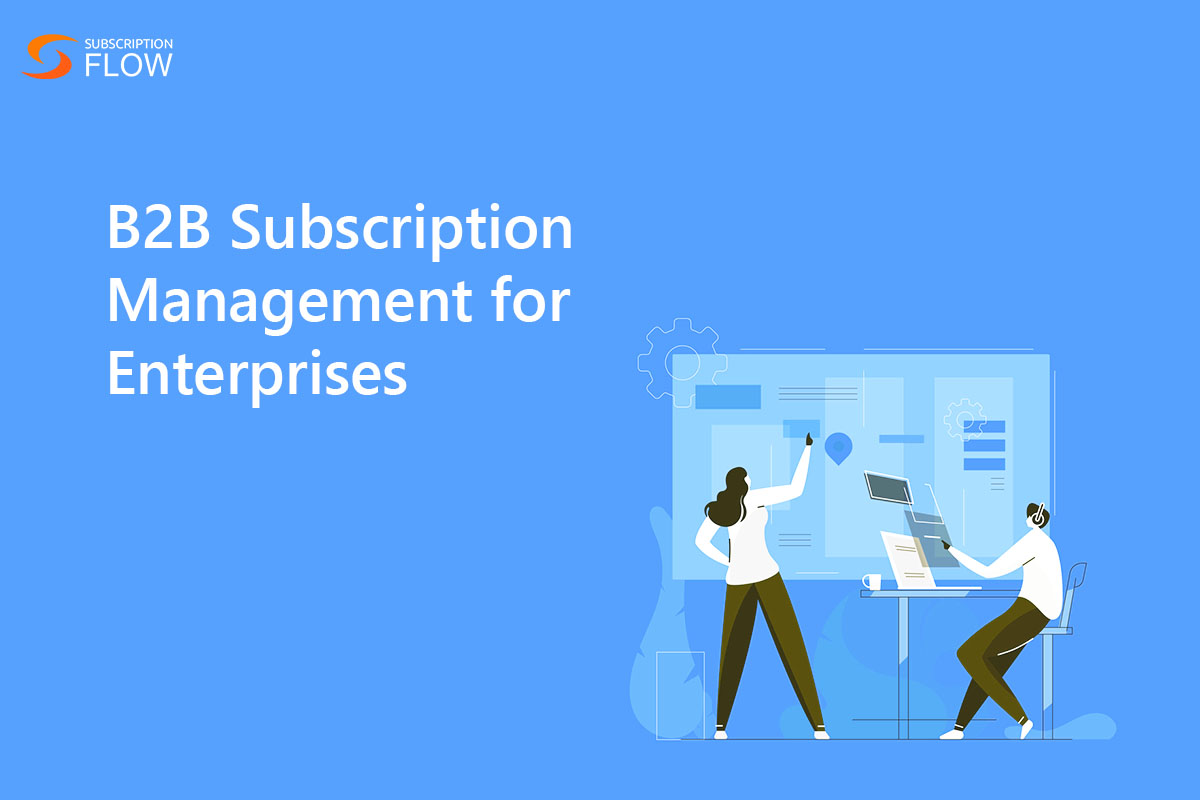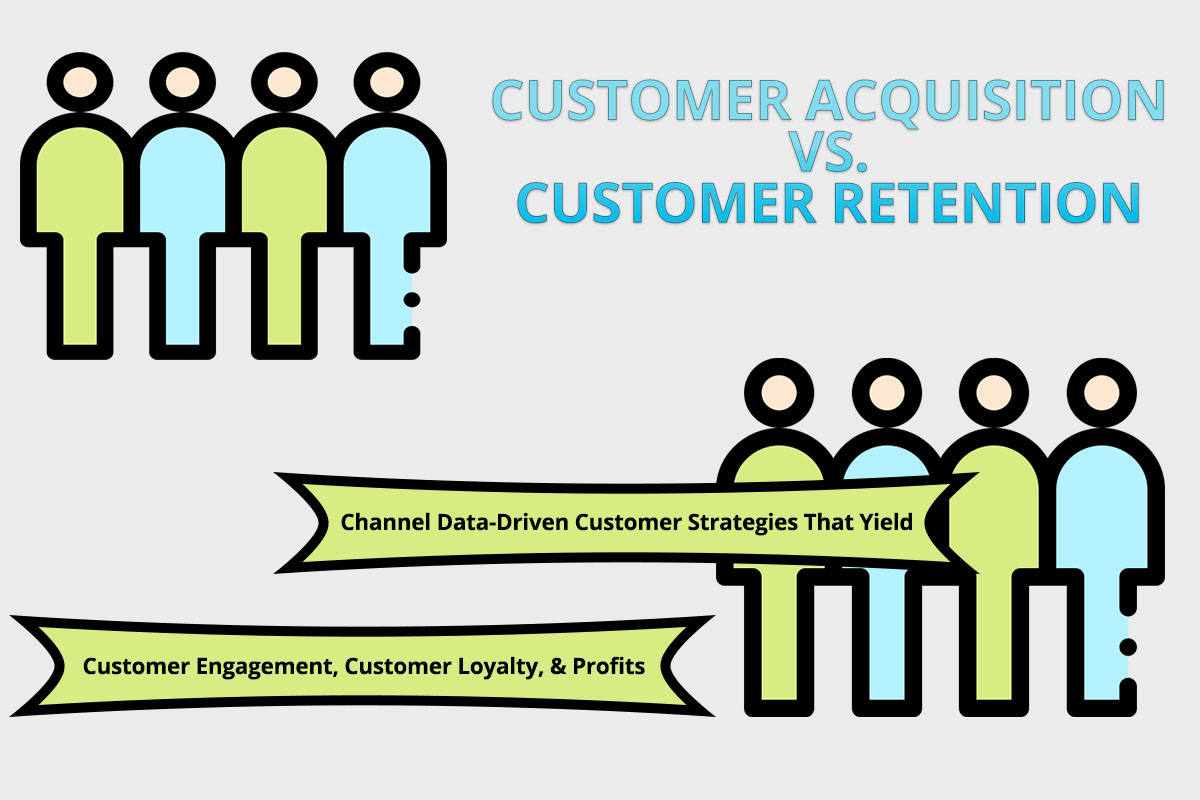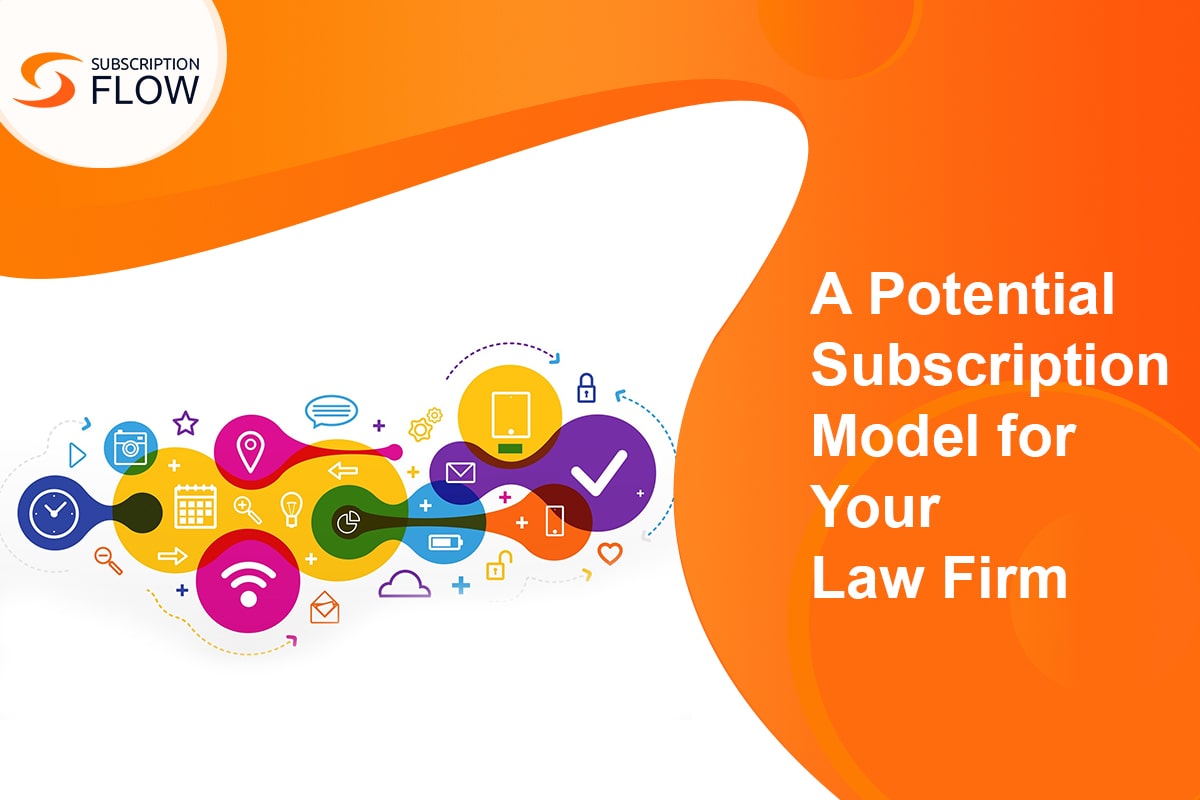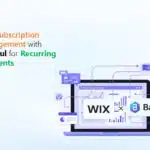
How Dynamic Pricing Makes It a Good Fit for B2B Subscription Management for Enterprises?
Today we live in a world that is almost entirely now being run through digital technologies in some way. Evidence of this can be found in Sweden being the first country to have achieved 95% of its monetary exchanges within its own economy through entirely digital means, resulting in many calling Sweden the world’s first cashless country.
In light of this, the Software as a Service (SaaS) industry too has taken head and has begun shifting entirely to digital technologies to help manage these ongoing trends in the real world. The model’s attraction stems from its assurance of consistent revenue, improved customer engagement, and simple scaling. However, these possibilities also bring with them difficulties, particularly in the B2B market where the stakes are higher and the client relationships are more complex. Keeping all of that in mind, in this blog we will delve deeply into the realm of B2B SaaS subscription management and will examine the ways in which it now taking shape in today’s world to help you decide how you can use software like SubscriptionFlow that offer B2B subscription management for enterprises.
Read more: Mastering B2B Subscription Billing: Strategies, Software, and Success
Changes in B2B SaaS Subscription Management at a Glance
Before we move on, let us quickly recap what exactly is meant by changes in B2B SaaS subscription management. This refers to the process of handling the invoicing, renewals, and updates of SaaS products for business-to-business (B2B) clients. And, as in this blog we will be mostly talking about the growth of usage-based pricing models and where consumers pay based on their actual usage of the SaaS product (rather than a fixed monthly or annual charge), it is also important to first flag the fact that this is just one of the many substantial shifts that have occurred in this industry in recent years.
Likewise, the usage of self-service portals – where users can update payment information, change plans, add or remove people, and access invoices to manage their own subscriptions – is also a potent change that has occurred over time in the world of SaaS subscription management. This has greatly lessened the need for manual intervention, has boosted customer satisfaction, and noticeably increased customer retention, while, admittedly also presenting certain security and compliance problems. Similar to this, the development of tools for subscription analytics is also a massive change that has occurred recently. This allows SaaS providers to keep track and improve key subscription metrics including churn rate, lifetime value, client acquisition cost, and revenue growth.
Let us go over a quick recap in this section before we begin the main body of the blog in which we will be going over a particular change – that of dynamic pricing – to see how it has made a huge difference in the realm of B2B subscription management; till now we have seen how certain technologies and models assist SaaS companies in making data-driven decisions and locating areas for development and growth.
Dynamic Pricing and Why It Makes the Biggest Difference in B2B Subscription Management for Enterprises
The disruption of B2B sales by digital platforms and technologies is driving participants to fundamentally reevaluate their pricing strategies. Fortunately, these same technologies are also making it possible for the newest pricing strategy of dynamic pricing that offers significant advantages to businesses that can successfully implement it.
Although there is a growing interest in dynamic pricing, it has been noted that business executives often have a hazy knowledge of what it is and its actual advantages. The reason why dynamic pricing works so well for B2B business is that with its help, businesses can more accurately understand and anticipate when to raise prices to quickly seize upside opportunities or drop them to prevent volume losses. Additionally, it also aids in enhancing and accelerating the decision-making process while delivering more granular insights by, say, grading agreements against peer groups and taking into account a variety of variables when making recommendations.
Now, while digital platforms and technologies are upending traditional B2B sales paradigms thereby forcing companies to reassess their pricing strategies from the ground up, thankfully these same technologies are also enabling the new dynamic-pricing approach, which presents a number of benefits to companies that can effectively execute it. Therefore, it then becomes extremely important for businesses to first get proper information on all matters regarding dynamic pricing and only then begin investing in it by licensing a subscription management software like SubscriptionFlow that allows them to implement it.
Read more: A Comprehensive Guide to B2B SaaS Pricing Models
How SubscriptionFlow’s Offering of Dynamic Pricing Makes It a Good Fit for B2B Subscription Management for Enterprises?
SubscriptionFlow is a robust subscription management software that lets businesses manage their subscriptions more effectively and generate more income. One of SubscriptionFlow’s primary advantages is its dynamic pricing capacity, which enables businesses to modify their prices in response to a range of variables, including consumer demand, market conditions, product value, and consumer behavior. Using this strategy, businesses can provide their clients with individualized and adaptable price alternatives, including pay-per-use, trials, bundles, and discounts, thanks to dynamic pricing. Businesses can increase their consumer base, hold onto their current clientele, and increase their profitability in this method. Furthermore, the dynamic pricing function of SubscriptionFlow is simple to use, integrates easily with current systems and other third-party applications and payment gateways, and offers real-time analytics and statistics to track and enhance pricing performance.
Book a demo with SubscriptionFlow now to begin implementing a dynamic pricing strategy!










